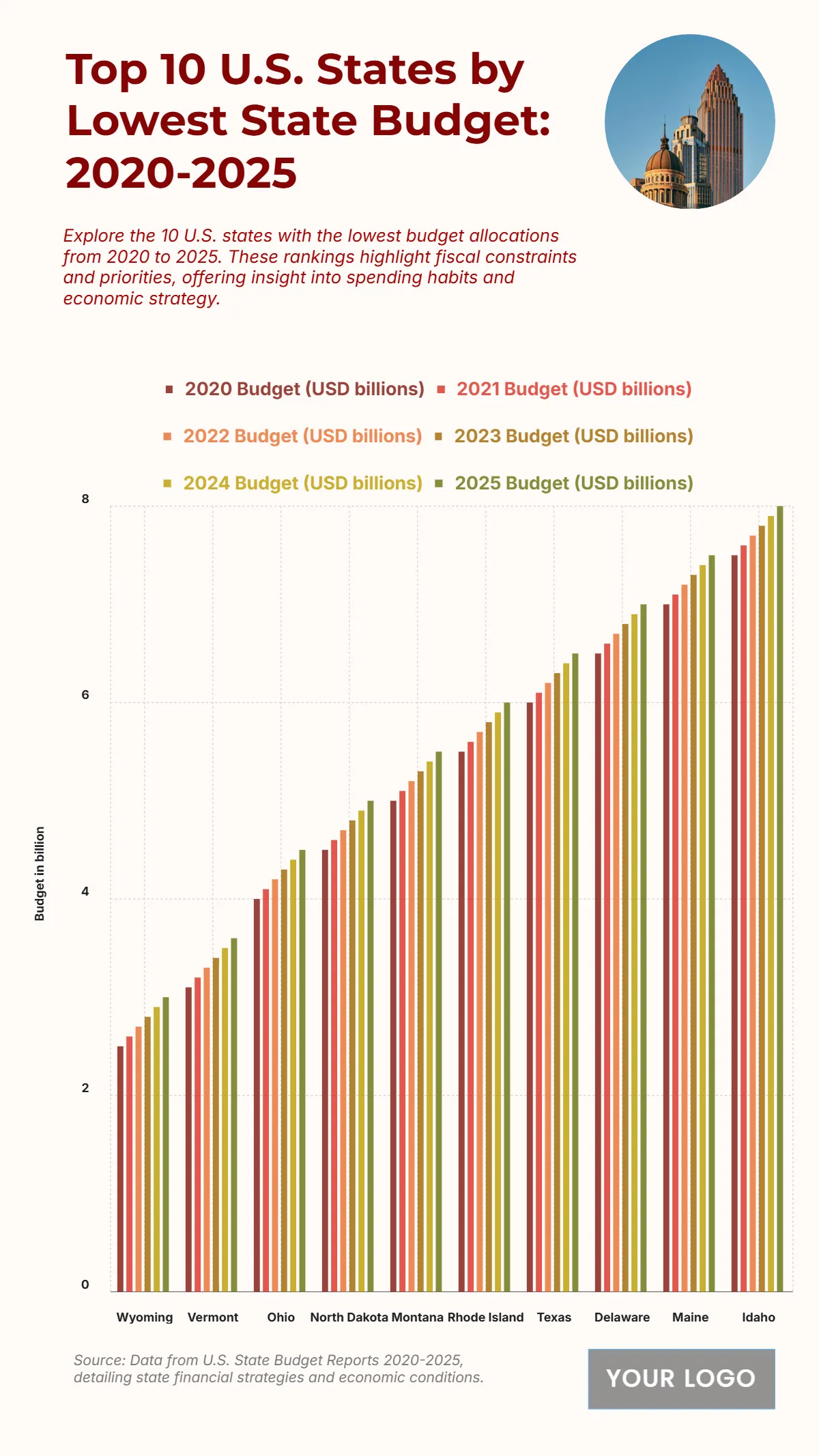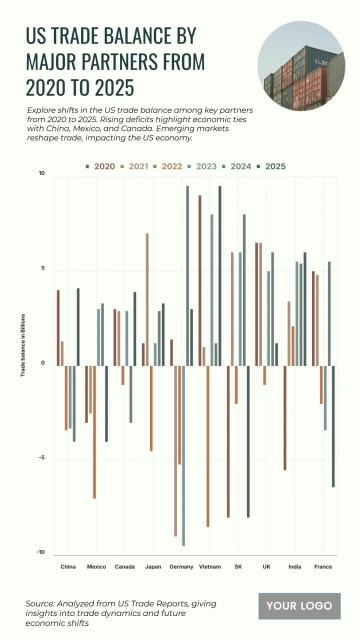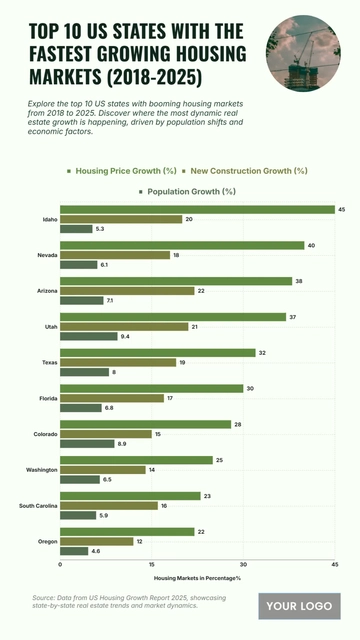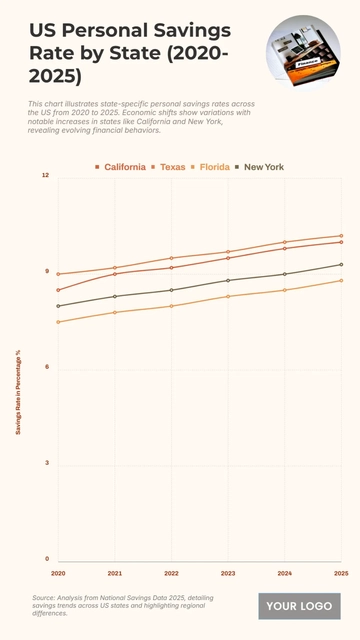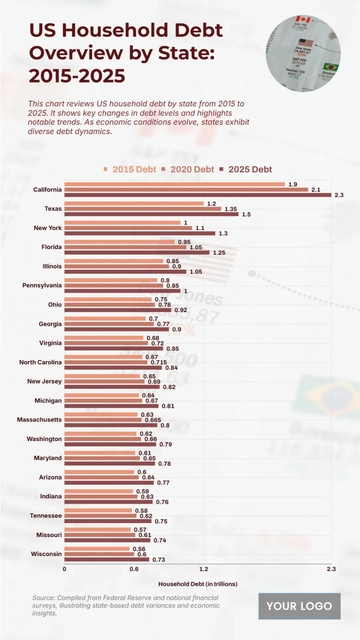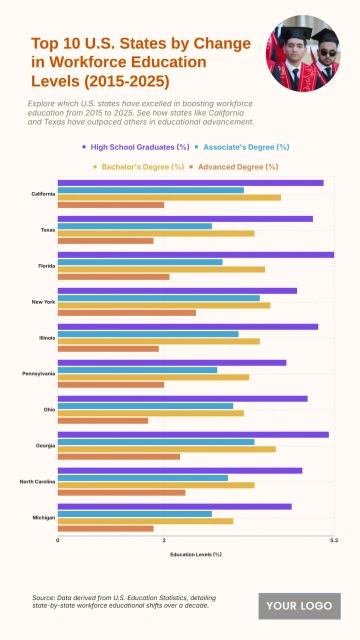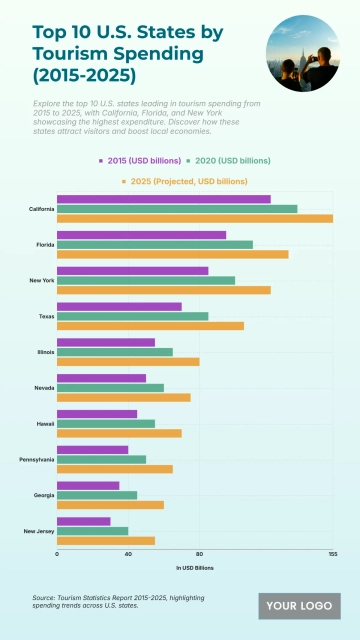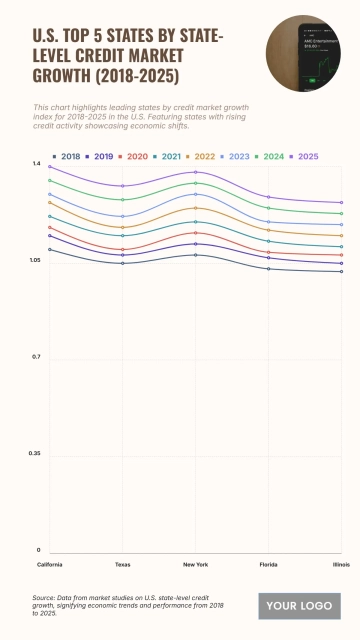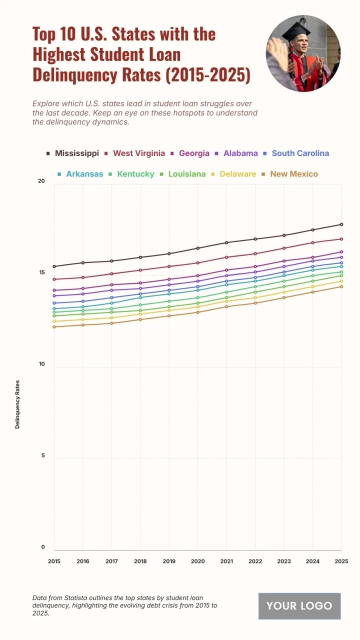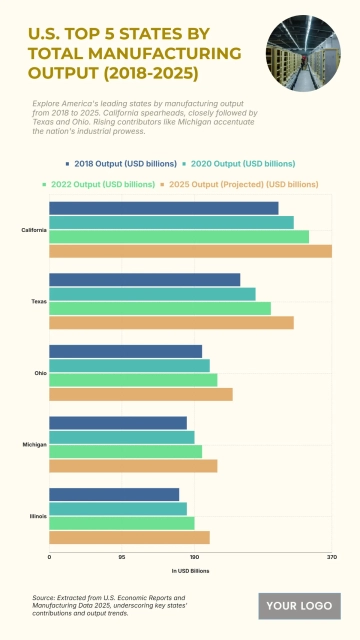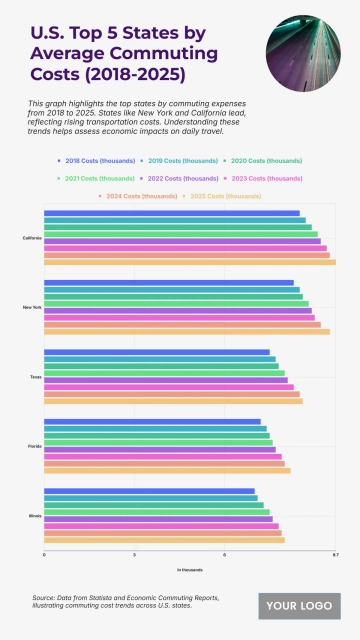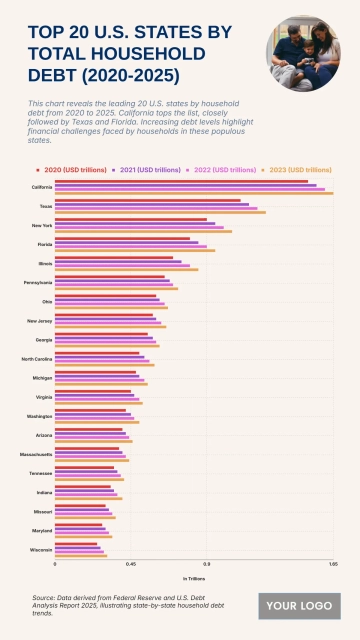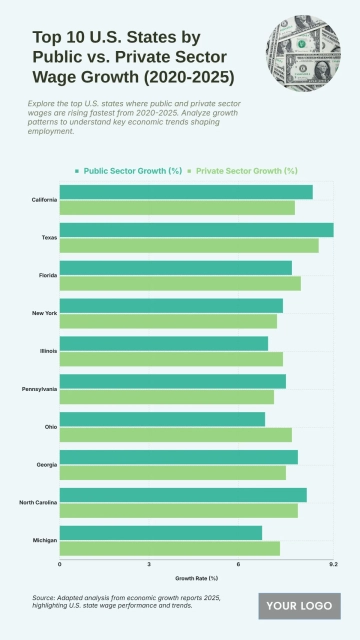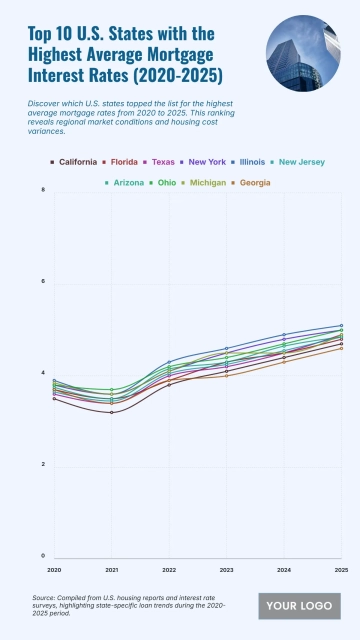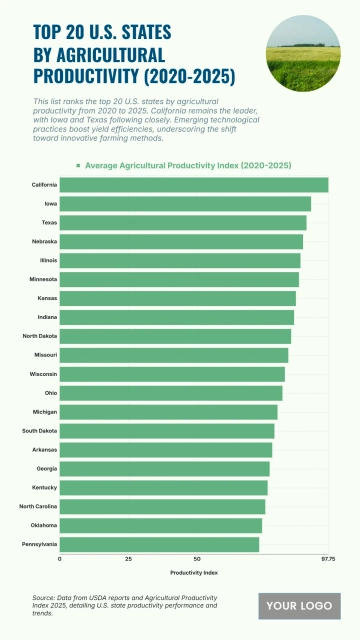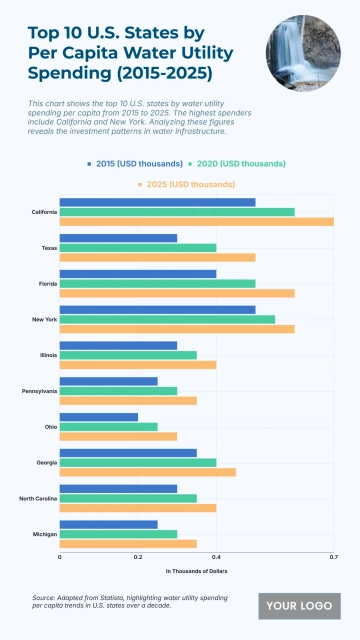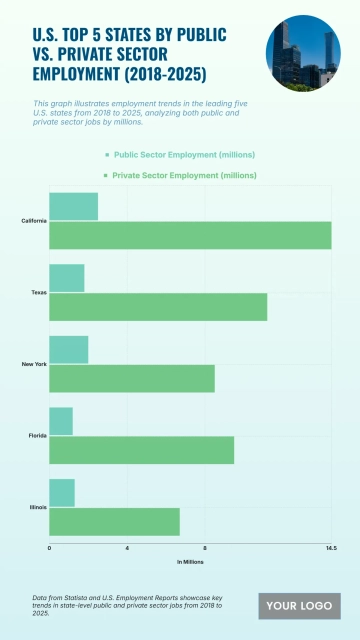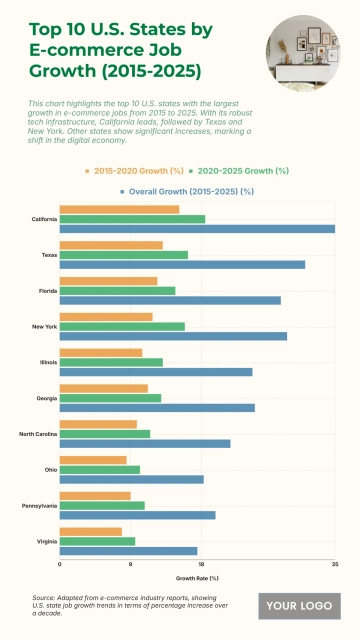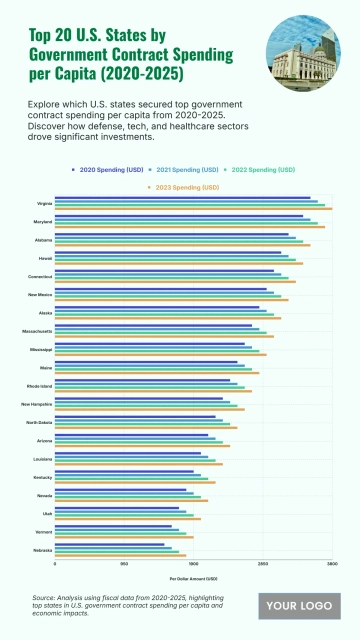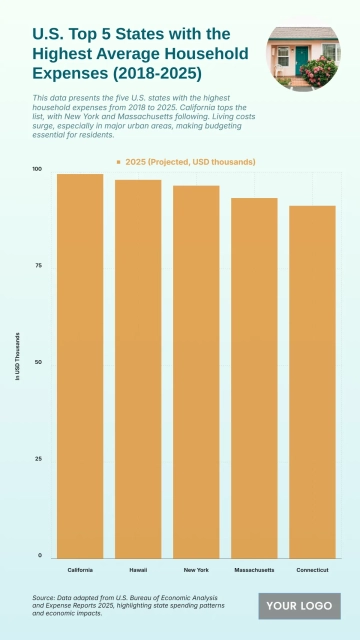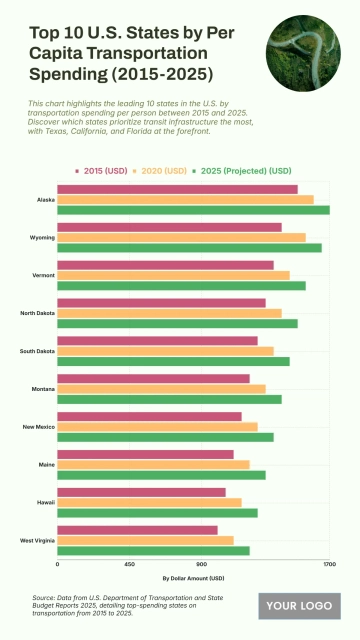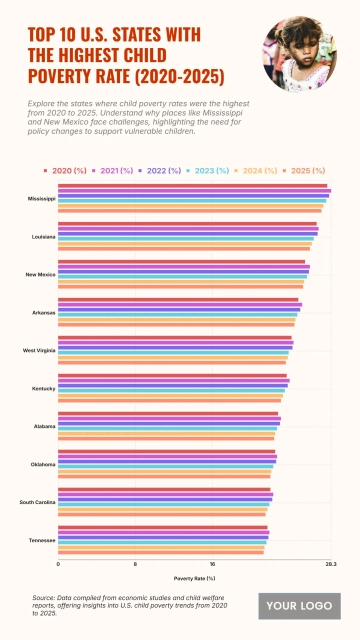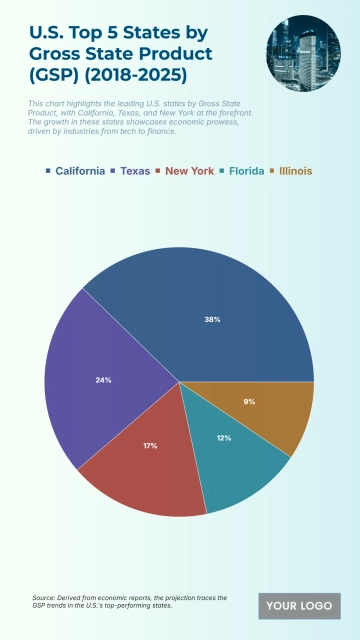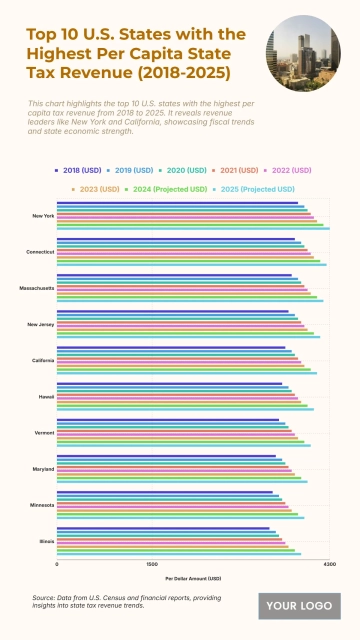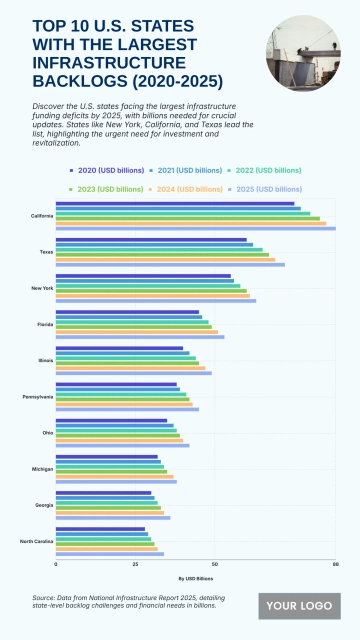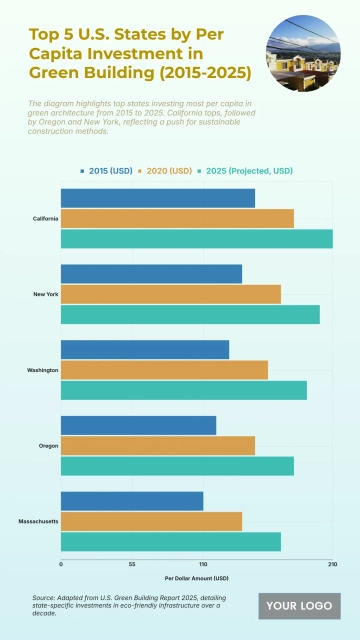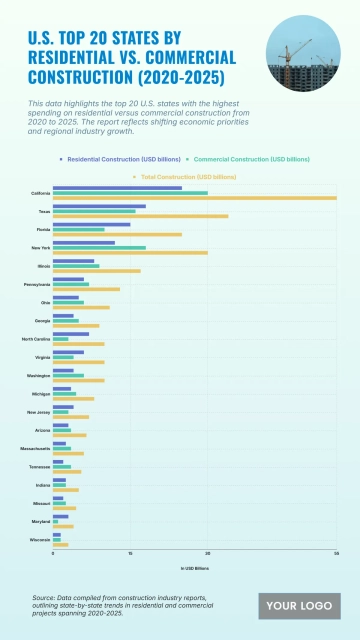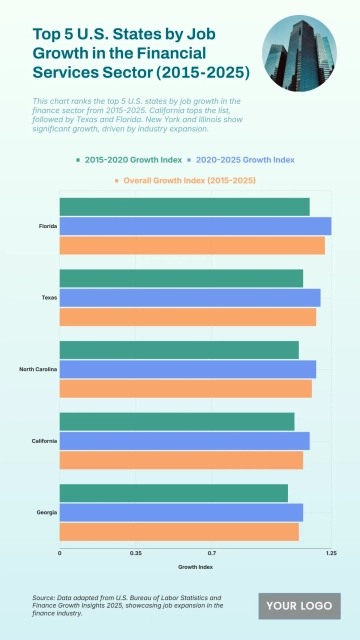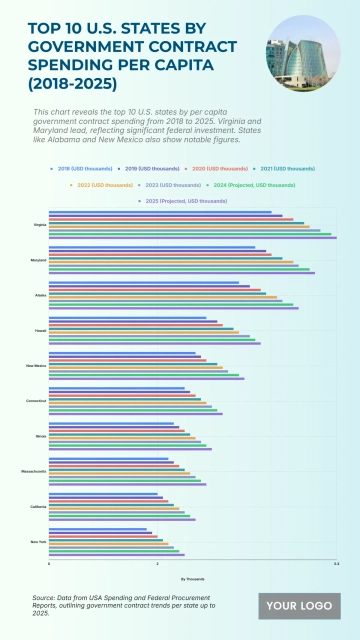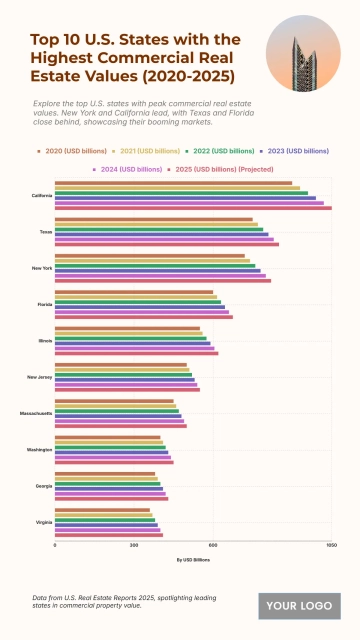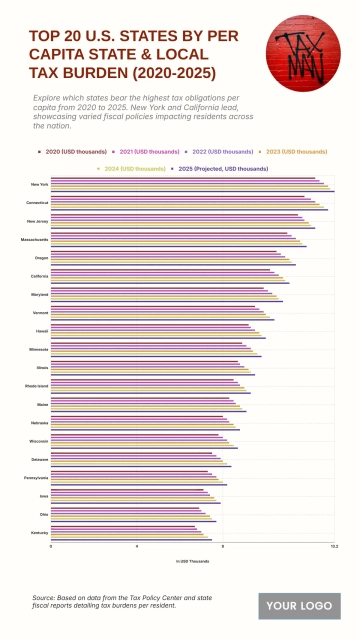The chart showcases the ten U.S. states with the lowest overall state budgets from 2020 to 2025, reflecting financial prioritization and spending limitations. Wyoming records the smallest budget, maintaining allocations near $2.5 billion across the years, underscoring its conservative fiscal management and smaller population size. Vermont follows with expenditures around $3 billion, while Ohio and North Dakota allocate roughly $4 billion each, focusing spending on essential services. Montana and Rhode Island maintain steady growth with budgets between $5 and $6 billion, indicating moderate fiscal expansion. Texas, though economically large, remains within $6.5 billion due to targeted budgeting and localized funding models. Delaware, Maine, and Idaho close the list with budgets averaging $7 to $8 billion, showing careful financial planning. Overall, these states exemplify disciplined spending approaches, emphasizing fiscal efficiency and strategic allocation of limited public funds.
| Labels | 2020 Budget (USD billions) | 2021 Budget (USD billions) | 2022 Budget (USD billions) | 2023 Budget (USD billions) | 2024 Budget (USD billions) |
2025 Budget (USD billions) |
| Wyoming | 2.5 | 2.6 | 2.7 | 2.8 | 2.9 | 3 |
| Vermont | 3.1 | 3.2 | 3.3 | 3.4 | 3.5 | 3.6 |
| Ohio | 4 | 4.1 | 4.2 | 4.3 | 4.4 | 4.5 |
| North Dakota | 4.5 | 4.6 | 4.7 | 4.8 | 4.9 | 5 |
| Montana | 5 | 5.1 | 5.2 | 5.3 | 5.4 | 5.5 |
| Rhode Island | 5.5 | 5.6 | 5.7 | 5.8 | 5.9 | 6 |
| Texas | 6 | 6.1 | 6.2 | 6.3 | 6.4 | 6.5 |
| Delaware | 6.5 | 6.6 | 6.7 | 6.8 | 6.9 | 7 |
| Maine | 7 | 7.1 | 7.2 | 7.3 | 7.4 | 7.5 |
| Idaho | 7.5 | 7.6 | 7.7 | 7.8 | 7.9 | 8 |
